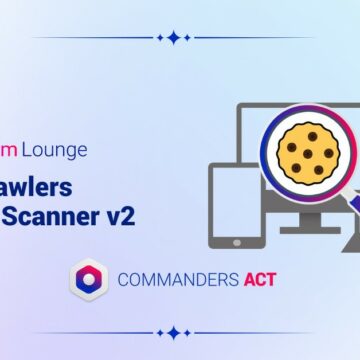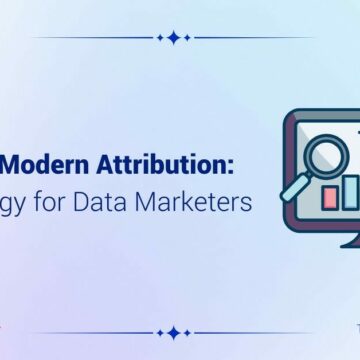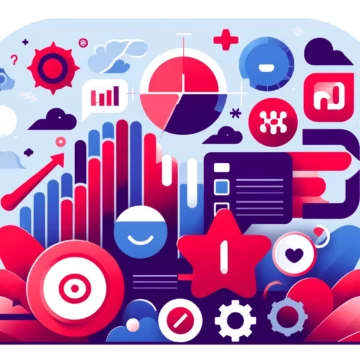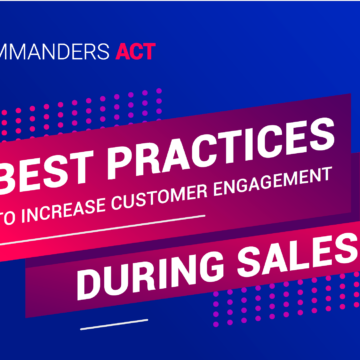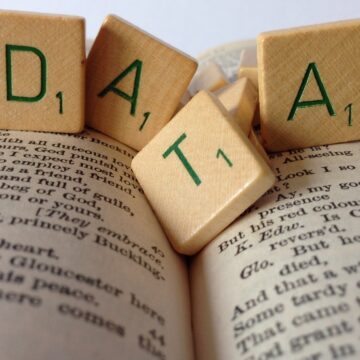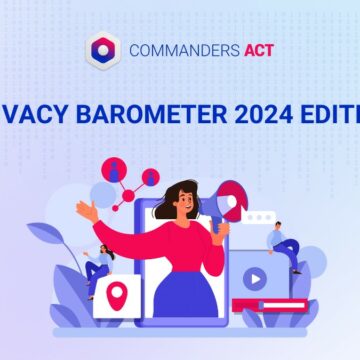What is the difference between a CDP and a CRM?
23/01/2023 |

A Customer Data Platform (CDP) and a Customer Relationship Management (CRM) system are both tools used by businesses to manage customer data and improve customer relationships. While they have some similarities, they serve different purposes and have distinct functionalities. Here’s an overview of the differences between a CDP and a CRM:
From customer management to customer unification:
A CRM system focuses on managing customer interactions and relationships. It primarily stores data related to customer interactions, such as contact information, sales activities, customer support tickets, and communication history. CRM systems often have features for sales pipeline management, lead tracking, and customer service.
Meanwhile, a CDP is designed to collect, unify, and organize customer data from multiple sources, such as transactional data, online behavior, marketing interactions, and more. Its primary focus is to create a unified customer profile or a “single source of truth” that combines data from various touchpoints.

Data Integration and Unification
– CDP: CDPs are built to handle large volumes of data from various sources and unify it into a centralized customer profile. They employ data integration techniques to collect and synchronize data from different systems, such as e-commerce platforms, email marketing tools, social media platforms, and more. CDPs create a comprehensive view of the customer across multiple channels.
– CRM: CRM systems typically focus on capturing and managing data related to customer interactions within the organization. While they may integrate with other systems, their main purpose is not to unify data from multiple sources but to provide a centralized repository for customer-related information generated within the organization itself.
Use Cases and Functionality:
– CDP: CDPs excel in creating a holistic view of the customer by combining data from various touchpoints. They enable businesses to analyze customer behavior, personalize marketing campaigns, segment customers based on specific attributes, and deliver consistent experiences across different channels. CDPs often provide capabilities for customer analytics, audience segmentation, and data activation for marketing purposes.
– CRM: CRM systems are primarily focused on managing customer relationships and interactions. They provide tools for sales teams to track leads, manage opportunities, and monitor the sales pipeline. CRM systems also assist in customer service and support by organizing customer inquiries, tracking customer interactions, and enabling efficient issue resolution. They often include features like contact management, sales automation, and customer support ticketing.
User Roles:
– CDP: CDPs are typically used by marketing teams, data analysts, and data-driven professionals who leverage customer data for segmentation, targeting, and campaign optimization. They help marketers gain insights into customer behavior and preferences to deliver more personalized experiences.
– CRM: CRM systems are commonly used by sales teams, customer service representatives, and account managers. They provide tools and functionalities to streamline sales processes, manage customer interactions, and enhance customer service.
In summary, while both CDPs and CRMs deal with customer data, their primary focus, scope, and functionality differ. CDPs specialize in unifying and analyzing data from various sources to create a comprehensive view of the customer, enabling personalized marketing and segmentation. On the other hand, CRMs are primarily used to manage customer interactions, sales activities, and customer service within the organization.
To know more about the CDP, contact us!
